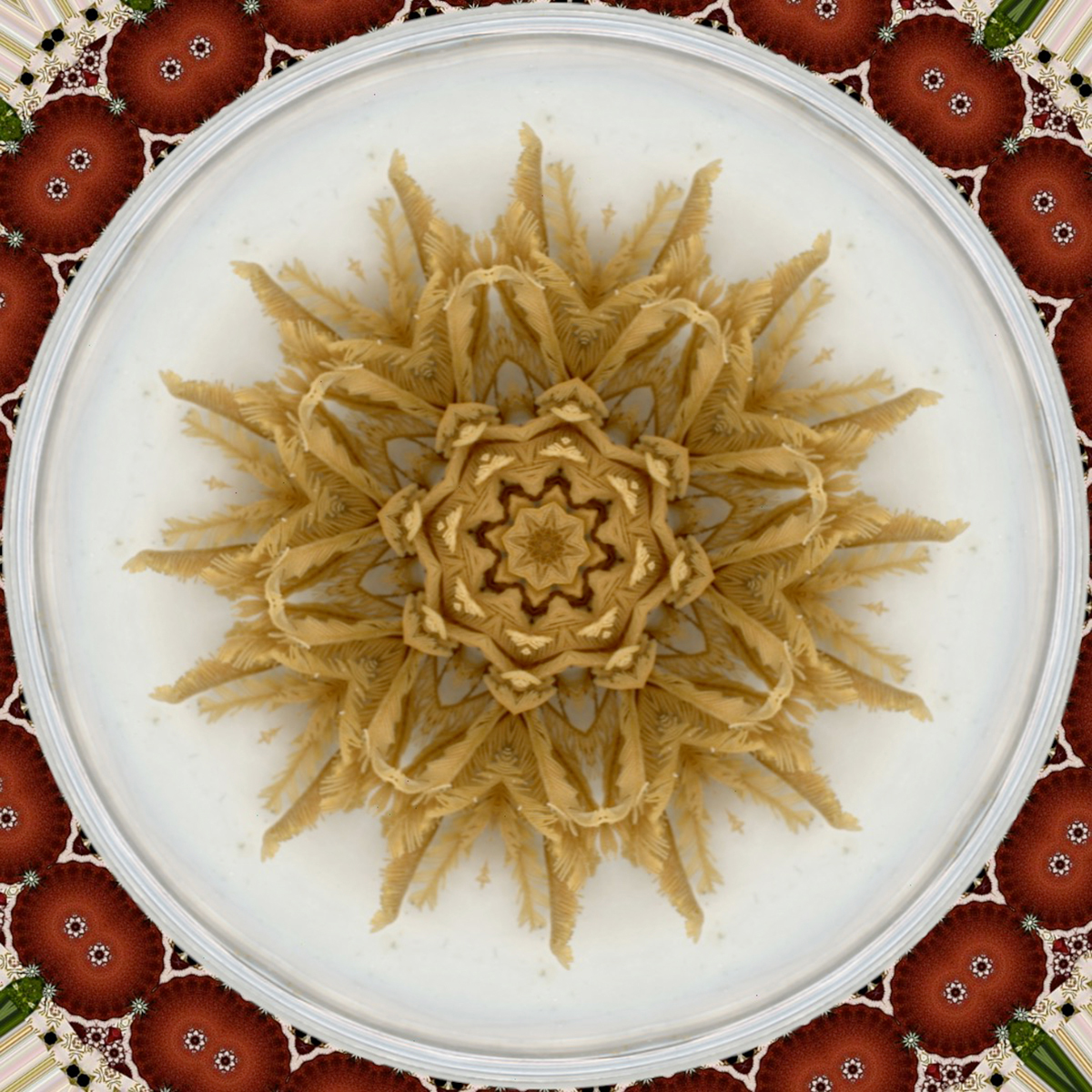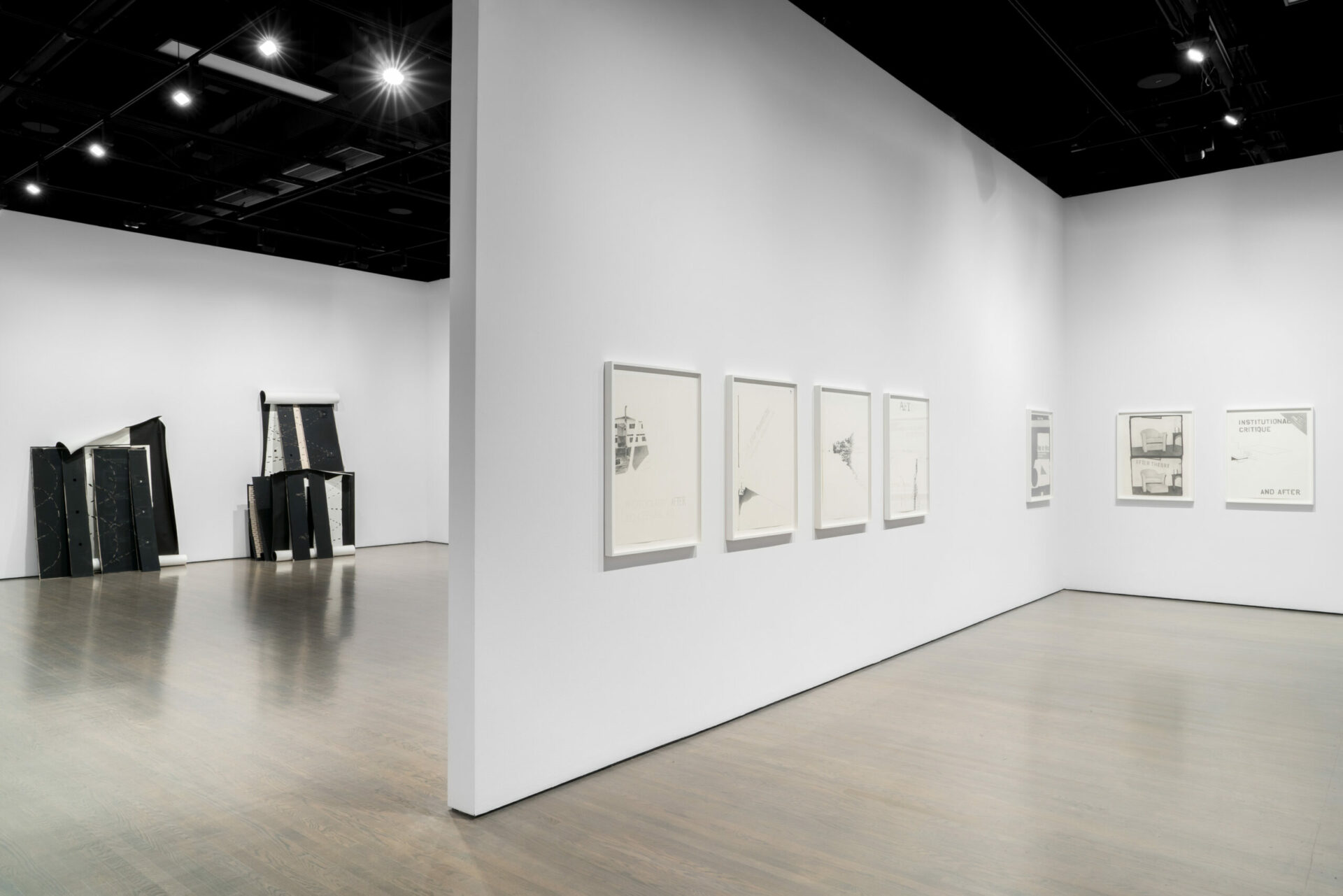
January 28–May 2022
[En anglais] Decentring the human has been the quintessential feature of the ontological turn in the humanities. From posthumanism to animal and critical plant studies, rhizomatic networks have replaced linear structures, and the fictitious objectivity of scientific phenomenology has given way to a proliferation of multiple, situated and embodied knowledges. The repositioning of the human has irrevocably impacted, for the better, the ways that we produce knowledge through art. Exhibitions such as Confluence at the Cameron Art Museum, in Wilmington, North Carolina, are a great example of how posthumanist philosophies can radically reshape both the form and the content of contemporary art.
Expertly curated by Gene Felice and Jennifer Parker of the Algae Society Collective, Confluence sheds light on a subject that is still overlooked, not only in art but more generally in popular culture: algae. From the exhibition Mushrooms: The Art, Design, and Future of Fungi, held at London’s Somerset House in 2020, to Merlin Sheldrake’s bestseller Entangled Life: How Fungi Make Our Worlds, Change Our Minds & Shape Our Futures, arts and culture have firmly tuned into the invisible marvels of the micro-organic. And of course, it isn’t just fungi that have attracted our attention. This decade began with a global pandemic that has so far killed over six million people around the world and that, two years later, is still far from over. It is therefore not a surprise that our curiosity is reaching past the remit of what’s visible to the naked eye.
Créez-vous un compte gratuit ou connectez-vous pour lire la rubrique complète !
Mon Compte


